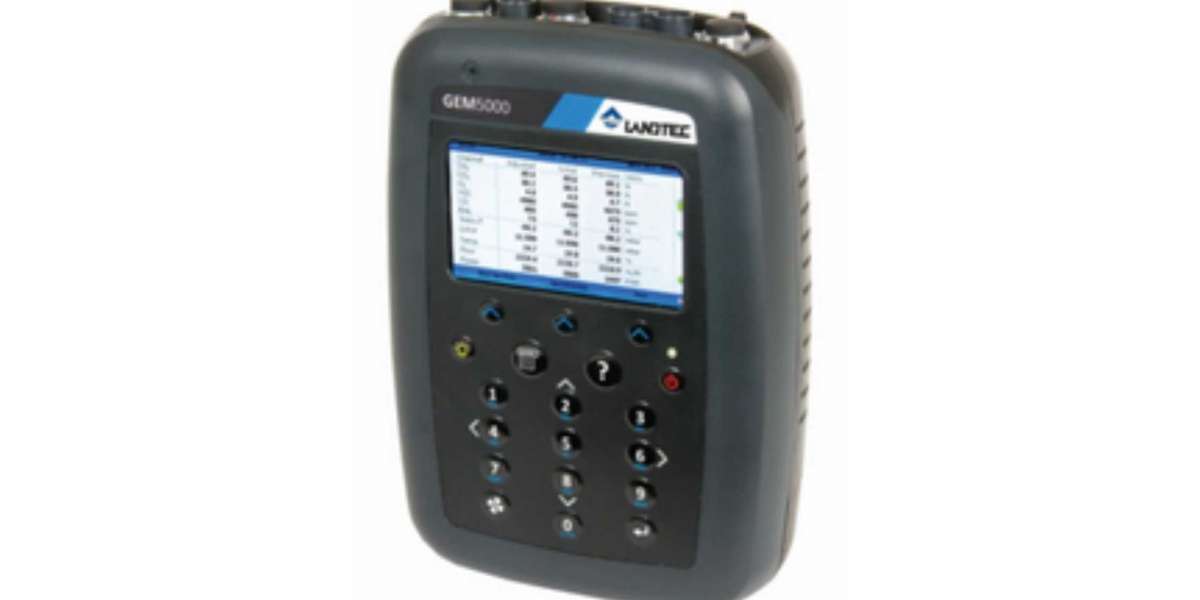A CO2 analyzer, also known as a carbon dioxide meter, measures the concentration of carbon dioxide (CO2) in the air. This information is crucial for various reasons, from ensuring indoor air quality to monitoring environmental conditions. Before investing in a CO2 analyzer portable, it is essential to understand the significance of CO2 levels and how they impact our health and well-being.
The Importance of CO2 Levels
Carbon dioxide is a naturally occurring gas found in the atmosphere. While it is essential for plant life, excessive levels of CO2 can have adverse effects on human health and the environment. Understanding the significance of CO2 levels is crucial in making informed decisions about indoor air quality and environmental monitoring.
Health Implications of High CO2 Levels
- Respiratory Issues: Breathing in air with high CO2 levels can lead to respiratory problems, such as headaches, fatigue, dizziness, and difficulty concentrating.
- Cognitive Impairment: Prolonged exposure to elevated CO2 levels has been linked to cognitive impairment, including reduced memory and decision-making abilities.
- Increased Risk of Illness: High CO2 levels can create an environment that is more conducive to the growth of bacteria and viruses, increasing the risk of illness.
Environmental Impact of High CO2 Levels
- Global Warming: The accumulation of CO2 in the atmosphere is a major contributor to global warming, leading to rising sea levels, extreme weather events, and changes in ecosystems.
- Ocean Acidification: Increased CO2 levels in the atmosphere can lead to ocean acidification, which can harm marine life, such as coral reefs and shellfish.
Factors Affecting CO2 Levels
Several factors can contribute to elevated CO2 levels in indoor and outdoor environments. Understanding these factors can help you identify potential sources of CO2 and take appropriate measures to improve air quality.
Indoor Factors
- Poor Ventilation: Inadequate ventilation can trap CO2 indoors, leading to higher concentrations.
- Combustion Processes: Burning fuels, such as natural gas, propane, and wood, releases CO2 into the air.
- Human Activity: Breathing, cooking, and cleaning can also contribute to increased CO2 levels.
Outdoor Factors
- Vehicle Emissions: Exhaust fumes from cars, trucks, and other vehicles contain significant amounts of CO2.
- Industrial Activities: Factories and power plants emit large quantities of CO2 as a byproduct of their operations.
- Deforestation: The destruction of forests reduces the Earth's natural ability to absorb CO2 from the atmosphere.
Choosing the Right CO2 Analyzer
With a variety of CO2 analyzers available on the market, selecting the right one for your needs can be challenging. Consider the following factors when making your decision:
- Intended Use: Determine whether you need a portable CO2 analyzer for indoor air quality monitoring or a more advanced model for environmental research.
- Accuracy and Precision: Ensure that the analyzer you choose has a high degree of accuracy and precision to provide reliable measurements.
- Ease of Use: Look for a CO2 analyzer with a user-friendly interface and clear display.
- Features: Consider additional features, such as data logging, alarms, and connectivity options, that may be beneficial for your specific needs.
Conclusion
Understanding the significance of CO2 levels is crucial for protecting our health and the environment. By investing in a co2 analyzer portable, you can take proactive steps to improve indoor air quality and monitor environmental conditions. Whether you are concerned about respiratory health, energy efficiency, or climate change, a CO2 analyzer can provide valuable insights to help you make informed decisions.







